Means of Transport
There are different mechanisms for the transport like diffusion, Osmosis, active transport, facilitated diffusion etc. Mainly we can divide the entire transport process into two those are- active transport and passive transport. Passive transport includes diffusion osmosis whereas active transport involve pump and movement of molecules against concentration gradient.
Passive Transport is a process by which transport of materials takes place across the cell membrane without expenditure of energy and is governed by the concentration gradient of the material between the two sides of the membrane.
Active Transport is a type of transport where the transport of material across the cell membrane of cause by the utilisation of energy.
Definition of Diffusion: It is a type of physical process in which molecules or ions of a matter by virtue of their inherit random motion migrate from a region of higher concentration towards the region of lower concentration.
Examples of Diffusion: Process is observed in case of Oxygen and Carbon dioxide exchange in alveoli of lungs and water which Transport from the source towards the epiblema of the root in plants.
Diffusion Pressure: The rate of diffusion of a substance is directly proportional with the free energy of the substance diffusion pressure is directly proportional to the concentration of the diffusible material means the number of molecules and ions of the material.
Factors affecting diffusion the rate of velocity of diffusion is influenced by different following factors those are-
● Concentration Gradient: This is a major factor that affects the diffusion it has already stated that the major driving force of diffusion is the difference in pressure and that diffusion pressure in term is dependent on concentration of the diffusible molecules therefore the velocity of diffusion is directly proportional to the concentration gradient if gases diffused on the pressure gradient and in case of Ions the diffusion rate is dependent on the electrical gradient.
● Molecular Size: As rate of diffusion is inversely proportional to the size and weight of the diffusible molecules which are if bigger in the molecule slower is the rate of its diffusion.
● Temperature: Velocity of diffusion is directly proportional with the temperature because rise of temperature causes increase of the kinetic energy of the molecules and thus the molecular motion is increased.
● Medium of Diffusion: The rate of diffusion is influenced by the medium as we know that if the number of medium molecules is more and that lower the rate of diffusion or vice versa this is caused by collision of the medium molecules with the diffusing molecules that interferes the movement of diffusing molecules.
● Density of Diffusing Material: The rate of diffusion can be depends upon the density of the diffusing material because the diffusing material is inversely proportional to the square root of the density.
● Distance: If the distance between the regions of higher and lower concentration are more then the time will be required more for diffusion and thus the diffusion rate is inversely proportional to the distance.
Significance of Diffusion in Plant Cells: Significance of diffusion in plants are exchange of gases through the stomata of leaves during intake of Oxygen and output of carbon dioxide in respiration and intake of carbon dioxide and output of oxygen in photosynthesis, transpiration of water vapour through the stomatal pore is also occured by the process of diffusion.
Passive absorption of salt or iron occurs by this process and translocation of food material also take place. The spreading of scent or Aroma from the flowers of some plants in the air causes by diffusion which attract insects and help in pollination.
Facilitated Diffusion: Facilitated diffusion is a process where diffusion of lipidinsoluble materials through the liquid matrix of biological membranes with the aid of certaincarrier is called facilitated diffusion or carrier mediated diffusion.
Some substances like Sugars amino acids are very insoluble in liquid thus they can diffuse through the liquid matrix of a membrane with the aid of certain carriers present in the membrane, for this the carrier substance combines with the sugar or amino acids and molecules at one of the membrane this combination is soluble in liquids so that it can diffuse to the other side of the membrane where the molecules carried and detached from the carrier.
Diffusion Pressure Deficit: The diffusion pressure deficit of the solvent in a solution refer to the amount of by which the diffusion pressure of the solvent in the solution is lower than the diffusion pressure of its pure solvent at the same temperature and pressure.
Active Transport: This process is generally mediated by the career molecules present in the membrane heat never depend on the concentration gradient and may even take place against the gradient from lower to higher entry of a substance into the cell by this process is known as active absorption.
Location of Active Transport: This type of transport is observed during the intake of glucose within the cell or amino acids we etc by the cell. On the other hand the process of expansion of a material from the cell by expenditure of energy is called secretions. Examples- secretion of hydrochloric acid by the oxyntic cells of stomach or situation of hydrogen ion by the Renal tubular cells. There are three types of transport mechanism uniport symport and antiport.
Mechanism of the Transporters of Membrane:
Substances that are generally present in the extracellular fluid in minute quantities but are required within the cells in large quantities are observed by active transport process with the cost of energy expenditure. There are certain careers in the cell membrane which are Unlike the Ion channels they do not contain pores. Transport of proteins combined with the molecules that are to be diffused or observed and are then carried from outer surface of the cell membrane to the inner surface or vice versa. These two combined to form a complex then inside the surface of the membrane the substance to be observed is separated from the career and is released within the cell.The detachment of the substance and the career requires an enzyme and ATP source which are present in the cytoplasm of the cells. Accept the active transport requires an enzyme and expenditure of energy for Transport against concentration gradient.
Definition of Uniports: Uniports are those carrier proteins which transport only one substance in one direction.
Definition of Symport: Symports
are those carrier proteins that transport two substances at a time in the same
direction.
Definition of Anti Ports: Antiports are those carrier proteins that transport two substances simultaneously but carrier proteins that transport two substances simultaneously so that they can carry out exchange of one substance for another such transport mechanisms are called counter transport symport and antiport are together grouped as co Transporters because these two type of transport causes transport two substances
simultaneously.
Bulk Transport: Cell membrane sometimes transport some substances in a bulk quantity into the self or outside the cell. In this process macromolecules towhole cell are transported by pinocytosis or phagocytosis. This mechanism of this process mediated transport do not need membrane bound careers but required energy the energy is required for contraction of microfilaments present in the peripheral cytoplasm which causes the plasma membrane to in resonate for this process. Beside this endocytosis, exocytosis, reversepino cytosis, podocytosis, rhopheocytosis are the process where this mechanism is involved.
Comparison between Passive Transport and Active Transport:
Passive transport does not require any energy expenditure and may occur with or without the help of careers that does not require enzymes. On the other hand active transport request expenditure of energy and is dependent on cellular oxidation where carriers are essential for the process. Passive transport is driven down the concentration gradient its direction is always from the higher concentration to the lower concentration gradient. But in case of active transport it takes place sometimes against the concentration gradient for that it requires pump.
Comparison between Diffusion and Facilitated Diffusion:
Simple diffusion causes movement of molecules from the higher concentration to the lower by the concentration gradient without utilizing energy or carrier protein. But facilitated diffusion use specific carrier protein for the transport of molecules it transportsthem up the concentration gradient means from lower to higher thus it utilises energy.
Comparison between Pressure Gradient, Concentration Gradient and Electrical Gradient:
Pressure Gradient - It is the difference of partial pressure of a gas across the cell membrane due to fit the gas diffuses through the membrane from the region of high concentration towards the region of lower pressure.
Concentration Gradient - It is the difference of concentration between two solutions present at the two sides of a cell membrane by means of which the molecules diffuse through the membrane from the region of higher concentration to the lower concentration.
Electrical Gradient - It is the difference of electrical potential between the two sides of a cell membrane due to quit the ions diffuse through the membrane from the site of higher potential to the side of lower potential.
From Means of Transport to HOME PAGE
Recent Articles
-
Regulation of Respiration | Respiratory Centres | Inspiratory Area |
Oct 14, 25 12:13 AM
Respiratory Centre is the area that controls the rate of respiration and it is observed to be located in medulla oblongata and pons. Respiratory Centre has the following will dispersed components like… -
Explain Transport of Gases | External Respiration | Tissue Respiration
Oct 09, 25 11:35 PM
In humans gaseous exchange is completed in the following ways the steps are - External Respiration or Breathing - Breathing in false taking in of Oxygen and giving out of carbon dioxide in the body. M… -
Kind and Number of Teeth | Location of Teeth in Mouth | Care of Teeth
Sep 11, 25 12:52 AM
Kind and Number of Teeth -
The Gaseous Exchange | Transport of Oxygen | Haldane Effect |
Sep 10, 25 02:44 PM
Oxygen carrying capacity of blood is 20 ml for 100m but 3% of dissolved in plasma and 97% of the oxygen combines with haemoglobin to form a loose reversible Complex called oxyhaemoglobin and is transp… -
Respiratory Volumes and Capacities | Tidal Volume | Dead Space
Sep 10, 25 02:46 AM
Explain respiratory volumes and capacities: Tidal Volume - Tidal volume is the volume of air inspired or expired in relaxed or resting position. Amount of tidal volume is about 500 m and it consists o…
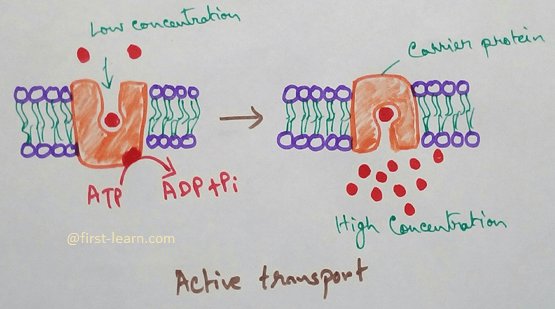
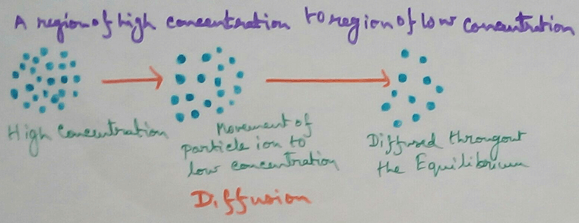
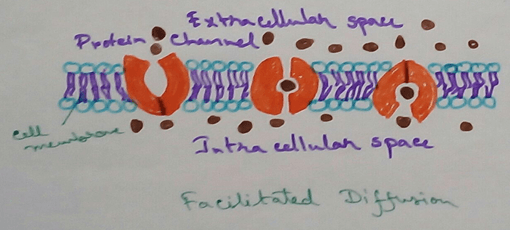
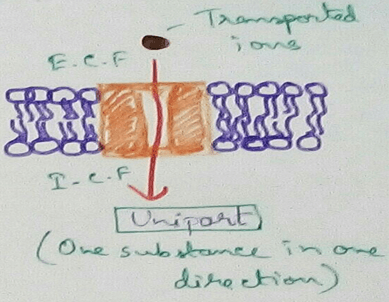
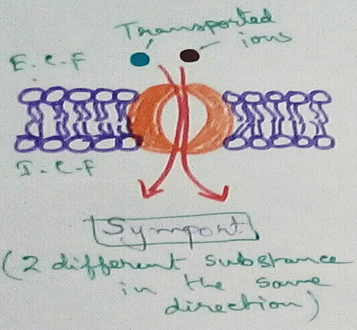
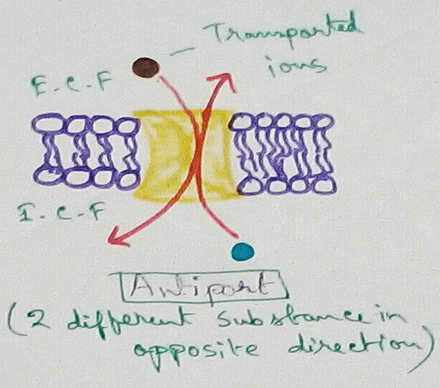
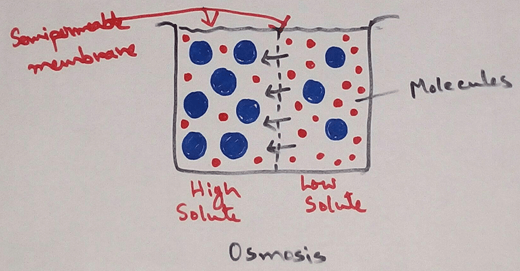
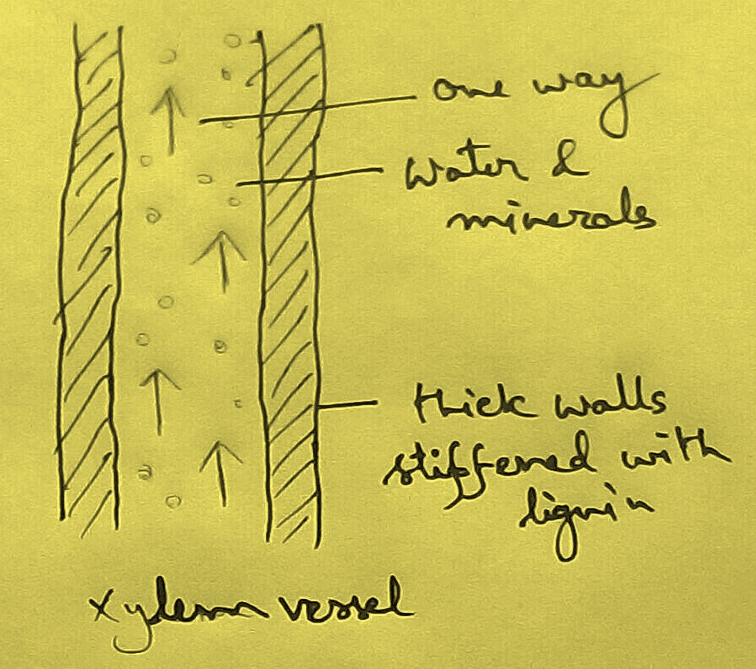
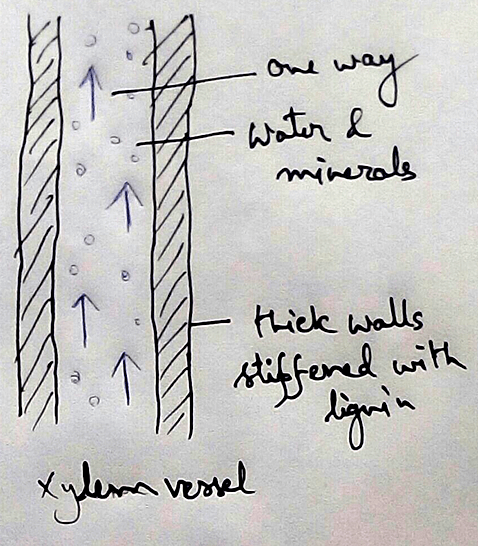
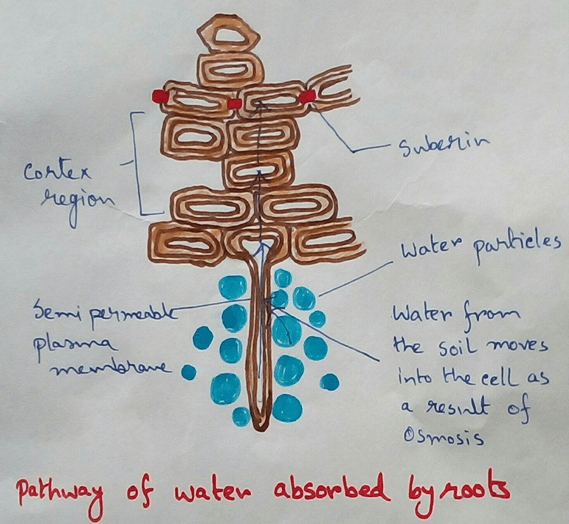

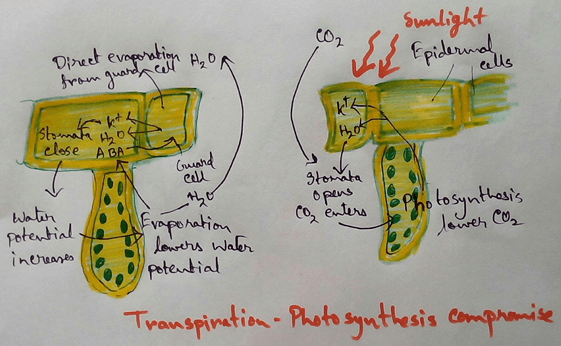
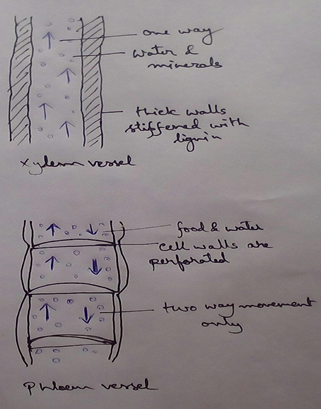

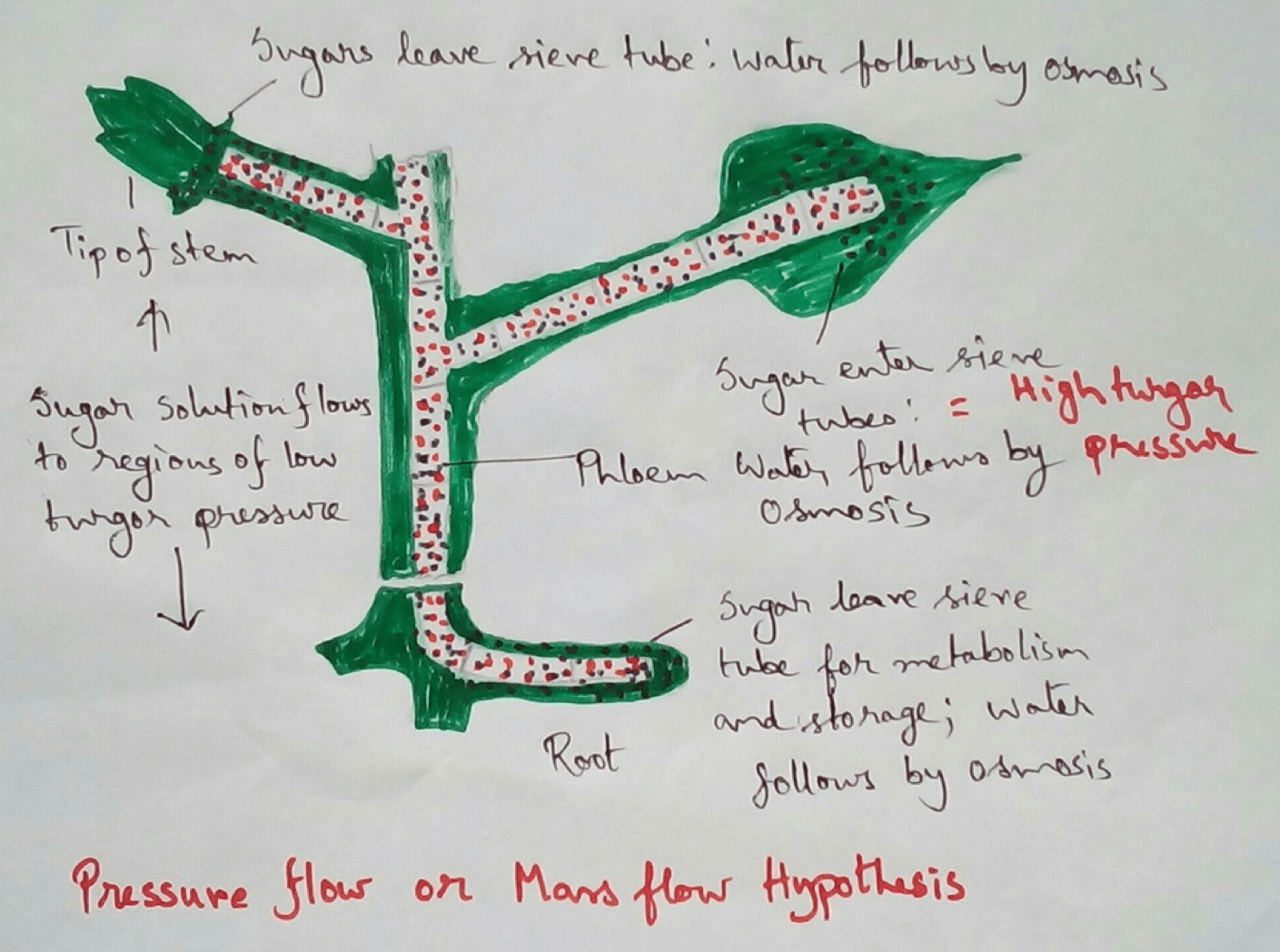







New! Comments
Have your say about what you just read! Leave me a comment in the box below.